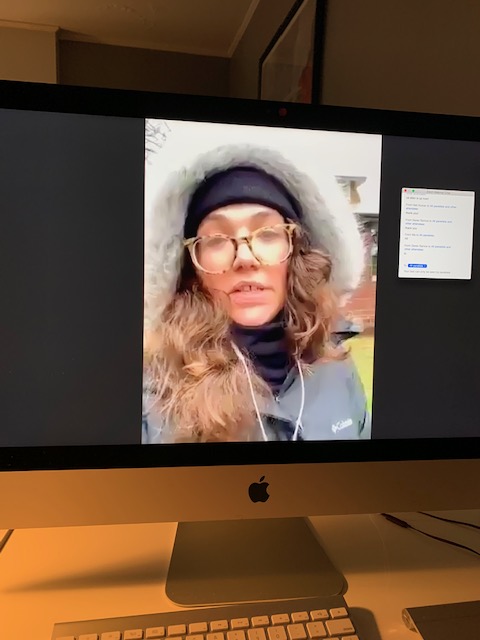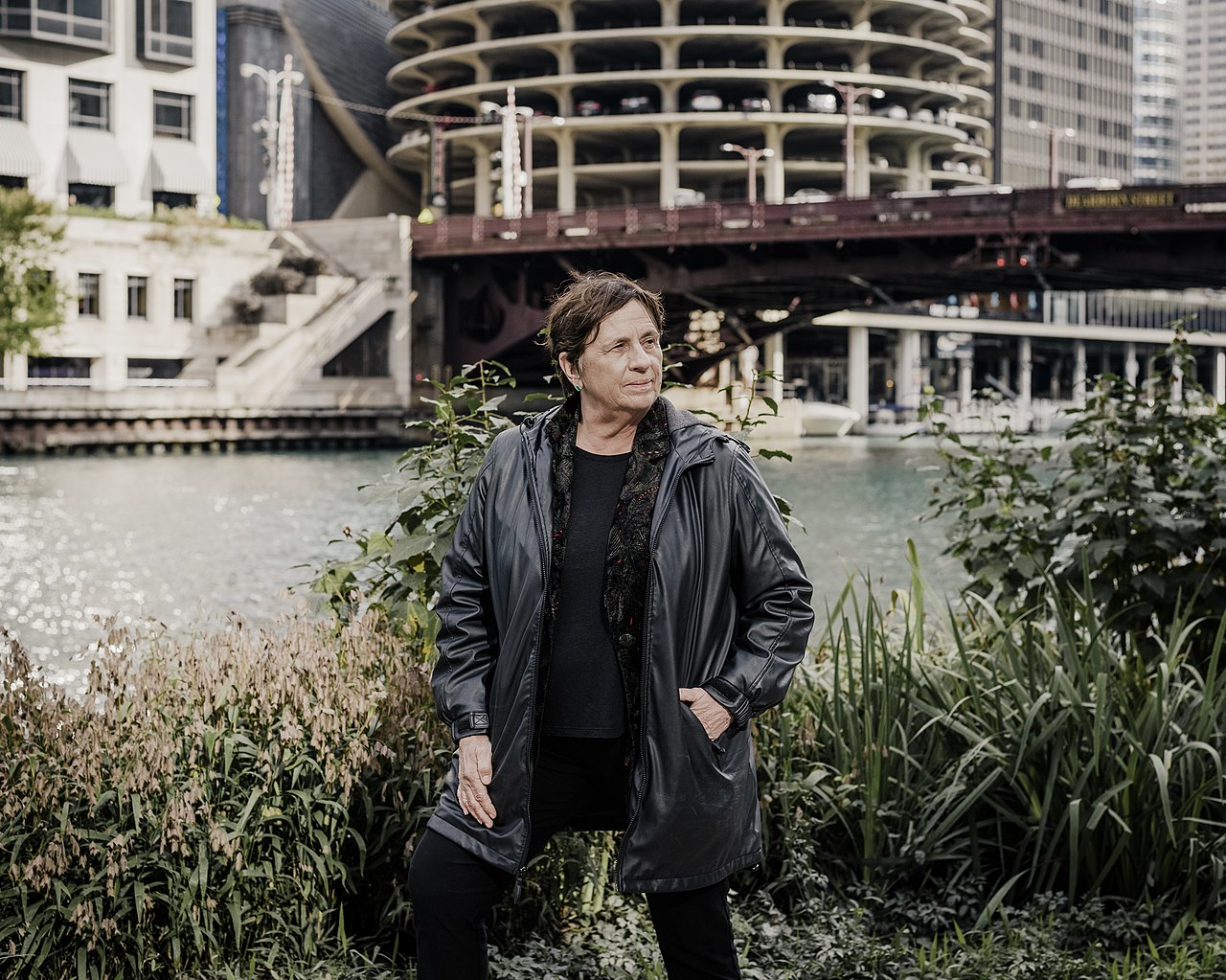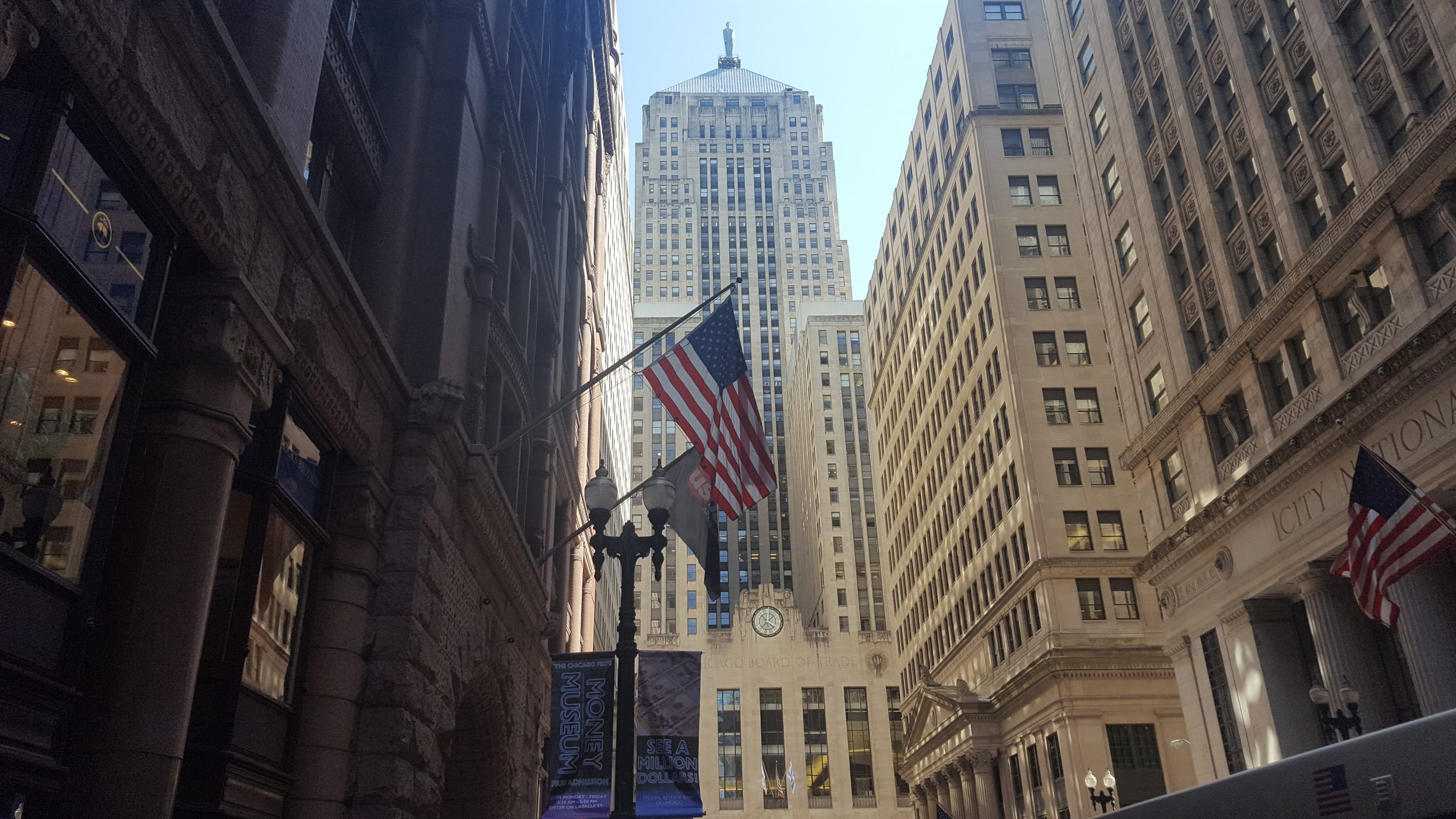You might not guess it visiting these days, but Taste of Chicago is a real trendsetter. The annual gastronomical extravaganza takes over Grant Park for several days each July. Yes, many locals and tour guides try to steer clear of downtown during the Taste, but it’s also as familiar to Chicagoans as dyeing the river green or gazing at State Street Christmas displays. But Taste of Chicago is actually a much more recent festivity than those others, and its history illuminates our recent past.
We research stories from Chicago history, architecture and culture like this while developing our live virtual tours, in-person private tours, and custom content for corporate events. You can join us to experience Chicago’s stories in-person or online. We can also create custom tours and original content about this Chicago topic and countless others.
Taste of Chicago’s Surprising Success

The Taste, as many locals know it, only started operating in 1980. We haven’t even hit its 40th anniversary yet! Taste of Chicago was the brainchild of Arnie Morton (as in Morton’s Steakhouse). He wanted to create a food-centric variation of ChicagoFest, which had debuted two years prior.
That initial run of the Taste was very different than what we know today. Mayor Jane Byrne’s City Hall only allotted two blocks of Michigan Avenue for Morton’s experiment. Indeed, the inaugural Taste of Chicago was only open on one day – the 4th of July. Despite these seemingly significant hurdles, the Taste was a smashing success with 250,000 people crammed into the festival. The event would move to Grant Park, expand to ten days, and draw more than a million visitors by the end of the decade.
It surprised me that much of the early news coverage was colored with a mild degree of shock in the early years of the Taste. I expected some boilerplate rewrites of a press release when I sat down with the Tribune and Sun-Times articles on microfilm at the Harold Washington Library. But I kept finding articles and columns with a tone akin to “hey, who knew this could be a success?” (Sadly, I could not print these for the exact quotes) The relative shock points to just how differently big cities like Chicago were viewed back then.
Overcoming the Era of Urban Decay
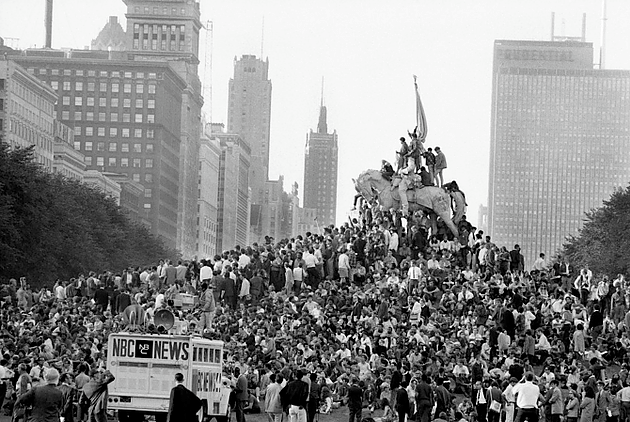
The 1970’s were very rough on major American cities. White residents were in full flight to the suburbs. A massive crime wave created an atmosphere of unease. Even basic government services tottered due to fiscal crises or mismanagement. Locally, the police riot at the 1968 Democratic National Convention had smeared the city’s image for a generation. The great American cities which had been the envy of the world were now looking like towering and dangerous relics of the past.
Getting locals or visitors to even visit downtown could be a challenge, much less get them to hang out in a crowd with countless others. ChicagoFest and then Taste of Chicago were efforts to turn that image around. Hence, the general surprise when a quarter of a million people showed up for food samples on Michigan Ave.
The Taste of Something Different
Contrasting this time period with what came before and after it is an interesting exercise. Chicago had hosted gigantic public events before, of course. Hello, 1893. How do you do, 1933? But a World’s Fair is quite a different beast than the Taste. The fairs were one-off events which were planned for years in advance. Millions of visitors came from around the world to see our visions of the future. The Columbian Exposition and the Century of Progress were a statement to the world.
By contrast, Taste of Chicago was always explicitly local. It’s a multi-day festival where everyone could come downtown, buy some food tickets, nosh on local fare, and listen to big name musical acts. It turns Grant Park into the city’s melting pot and meeting point. City or suburb; North, West, or South – all were part of the great feeding frenzy.
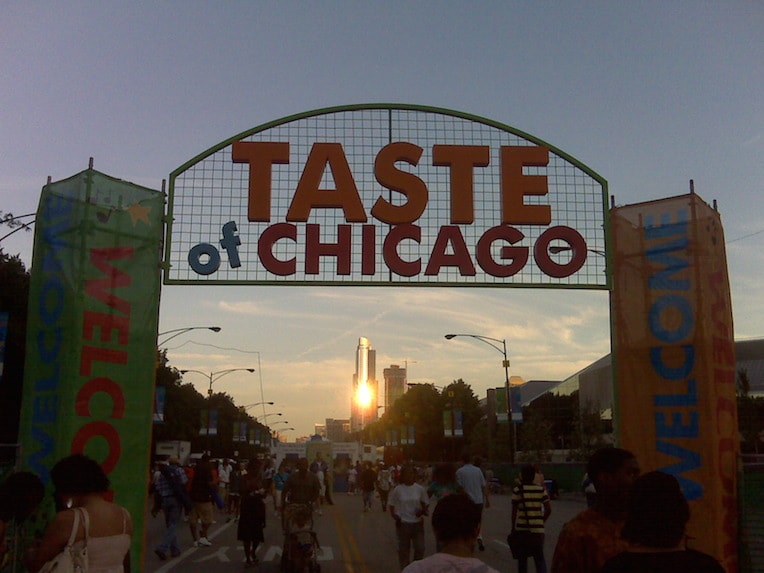
Going Forward
Today, by contrast, the Taste of Chicago blueprint has been copied ad nauseum. Big cities from Detroit to Dallas to Denver saw the huge crowds, read about the revenues, and launched copycats. Even Chicago’s neighborhoods got into the game. One cannot wolf down a walking taco between May and September without walking through some hyperlocal street fest. As Chicagoly Mag documented all of these imitations (along with some serious health and safety concerns) wounded the original Taste. Today, it’s shorter and more circumspect than in its first few decades.
That’s probably okay, though. The city has some haters, but Chicago’s reputation is much better and its core much more active than in 1980. There’s enough people and enough interest to sustain a smaller Taste alongside Lollapalooza, Blues Fest, LitFest, and a million other events. It’s one tasty part of an urban symphony, rather than the only performer in town.
– Alex Bean, Content Manager and Tour Guide
ABOUT CHICAGO DETOURS
Chicago Detours is a boutique tour company passionate about connecting people to places and each other through the power of storytelling. We bring curious people to explore, learn and interact with Chicago’s history, architecture and culture through in-person private group tours, content production, and virtual tours.


